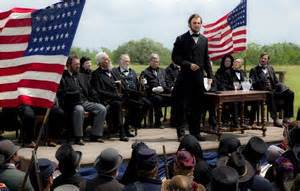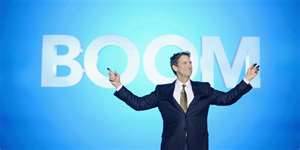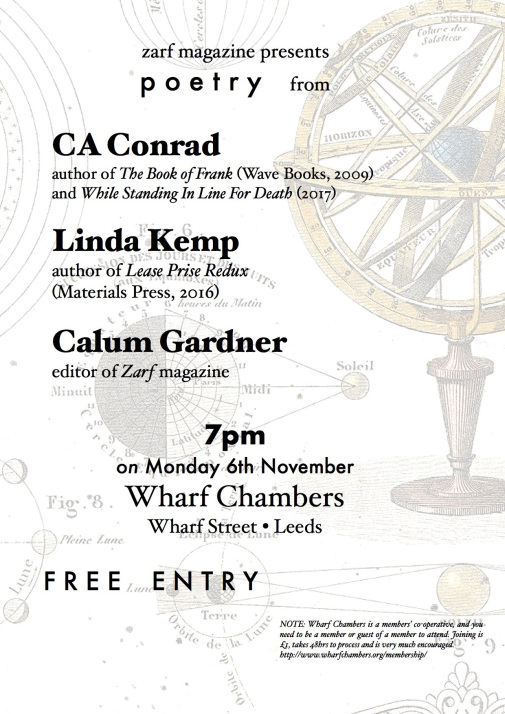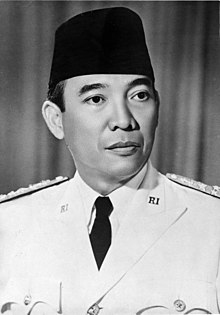
A CLOSER LOOK AT ONE OF THE GREATEST SPEECHES IN AMERICAN HISTORY OFFERS INSPIRATION FOR ANYONE TRYING TO MOTIVATE A CROWD.
BY CATHERINE CARREach year on Martin Luther King, Jr. Day, I make it a point to listen to Dr. Martin Luther King, Jr.’s great “I Have a Dream” speech. It’s electrifying every single time.
The content of Dr. King’s speech, his inspiring presence, and the moment in history all came together to make the iconic “I Have A Dream” speech the defining moment of the American Civil Rights Movement. But there are several other reasons why this speech, delivered over 50 years ago, remains as an example of one of the best speeches in American history.
Since part of my job is to help people become better presenters, I’ve noticed several techniques that we can all learn from and be inspired by in this magnificent speech.
IT’S ANCHORED IN A POWERFUL RELATED LOCATIONIn most cases, you can’t handpick the spot to give a presentation, as MLK did for supreme symbolic effect when he stood on the steps of the Lincoln Memorial and echoed the opening words of the Gettysburg Address (“Five score years ago…). But you absolutely can amplify your message by adapting it to your setting and location.
 Think about place, and how you can weave imagery, anecdote, and historical context into your presentation. Even if you’re presenting essentially the same material in Annapolis and Anaheim, it’s worth exploring what inspiration you can draw from each location to make your overall presentation more unique, more tailored, and more memorable. Abraham Lincoln also incorporated context in his iconic speech.
Think about place, and how you can weave imagery, anecdote, and historical context into your presentation. Even if you’re presenting essentially the same material in Annapolis and Anaheim, it’s worth exploring what inspiration you can draw from each location to make your overall presentation more unique, more tailored, and more memorable. Abraham Lincoln also incorporated context in his iconic speech.
In his opening paragraphs, Dr. King eloquently references the Gettysburg Address as well as the Emancipation Proclamation, the Constitution, and Declaration of Independence. These intellectual references give his words weight and credibility; they ground his speech in significant historical context.
In the latter part of the speech, Dr. King turns his attention to his listeners’ emotions as he quotes passages from the Bible, “My Country Tis of Thee,” and a stirring Negro spiritual. It’s the elegant balance between these two elements—the intellectual and the emotional; the head and the heart—that makes his speech so compelling and satisfying.
Great presenters connect with their audiences by weaving in well-chosen references and touchstones that will resonate.
IT USES VIVID AND METAPHORICAL LANGUAGELet’s face it: Many speeches are boring, even those about important topics that affect our lives. It’s easy to default to jargon and technical terms, or get lost in complex facts and statistics. But when you use evocative, vivid language, you create strong and memorable images.
Dr. King doesn’t just address gradualism, he warns us about the tranquilizing drug of gradualism. He paints a vivid picture of the plight of African-Americans, “living on a lonely island of poverty in the midst of a vast ocean of material prosperity.” He talks about his faith, with which “we will be able to hew out of the mountain of despair a stone of hope.”
For example, Dr. King weaves in an evocative extended metaphor, like a golden thematic thread, about cashing a check:
“In a sense we’ve come to our nation’s capital to cash a check. When the architects of our republic wrote the magnificent words of the Constitution and the Declaration of Independence, they were signing a promissory note to which every American was to fall heir. Instead of honoring this sacred obligation, America has given the Negro people a bad check, a check which has come back marked “insufficient funds.” But we refuse to believe that the bank of justice is bankrupt. We refuse to believe that there are insufficient funds in the great vaults of opportunity of this nation. And so, we’ve come to cash this check, a check that will give us upon demand the riches of freedom and the security of justice.”
Vivid imagery, evocative language, and on-point metaphors are mighty tools for making your message clear and memorable.
HE SHARPENED IDEAS THROUGH CONTRASTNothing brings an idea or a concept sharply into focus like demonstrating what it’s not. In a presentation, there are a number of compelling ways to employ contrast—problem/solution, past/present, present/future, us/them, ideal/reality. MLK makes use of many of these, to great effect. For example:
“With this faith, we will be able to transform the jangling discords of our nation into a beautiful symphony of brotherhood.”
And:
“The whirlwinds of revolt will continue to shake the foundations of our nation until the bright day of justice emerges.”
You might notice that Dr. King repeatedly contrasts what is against what could be. If you haven’t watched Nancy Duarte’s fascinating analysis of this method in “I Have a Dream,” be sure to take a few minutes to absorb her electrifying insights.
HE REINFORCED KEY POINTS THROUGH REPETITIONIf there’s an important message you truly want your audience to remember and take away, saying it once is likely not enough.
Not only does repetition help your message stick, it can improve your presentation’s rhythm, structure, and flow, as in this gem of a passage:
“Now is the time to make real the promises of democracy. Now is the time to rise from the dark and desolate valley of segregation to the sunlit path of racial justice. Now is the time to lift our nation from the quicksands of racial injustice to the solid rock of brotherhood. Now is the time to make justice a reality for all of God’s children.”
Dr. King’s crucial idea—that now is the time for action—seeps into your consciousness and gathers strength through the expressive repetition and emphasis.
Purposeful repetition, stripped down to its purest essence, can be potent and poetic, but it’s worth noting that being repetitive—rambling or including too much extraneous information, is a different thing altogether. Strive for the first to make sure your key points truly sink in, and avoid the second by stripping away anything that doesn’t directly support those key messages.
HIS CALL TO ACTION IS CLEAR AND COMPELLINGYour presentation should be designed to inspire action or effect change—if it’s not, argues Seth Godin in “Every Presentation Worth Doing Has Just One Purpose,” what’s the point of giving it at all?
Dr. King, of course, is the master, articulating in lucid detail not only the action that must be taken (and the dire consequences if action is not taken)…
“We have also come to this hallowed spot to remind America of the fierce urgency of Now. It would be fatal for the nation to overlook the urgency of the moment.”
…but how he wants his listeners to conduct themselves as they take action.
“In the process of gaining our rightful place, we must not be guilty of wrongful deeds. Let us not seek to satisfy our thirst for freedom by drinking from the cup of bitterness and hatred. We must forever conduct our struggle on the high plane of dignity and discipline. We must not allow our creative protest to degenerate into physical violence. Again and again, we must rise to the majestic heights of meeting physical force with soul force.”
The sense of urgency is palpable, and his instructions are crystal clear. It’s a compelling call to action that can’t be ignored.
HE ENDS ON A HOPEFUL NOTEDr. King traverses intense emotional territory, from the “flames of withering injustice” to those “battered by the storms of persecution and staggered by the winds of police brutality.” But he closes by filling his listeners’ hearts with a hopeful, aspirational message. He paints a picture of how things can be:
“One day right there in Alabama little black boys and black girls will be able to join hands with little white boys and white girls as sisters and brothers.”
Another example of this is the lovely passage that came to characterize his entire speech:
“I have a dream that my four little children will one day live in a nation where they will not be judged by the color of their skin but by the content of their character.”
While most of us will never give a speech as rousing or historically important as Dr. King’s, we can all be inspired by his masterful craft and delivery, and try some of these techniques to make our words more stirring and our messages more powerful.
Laura Bennett thanks the author —Catherine Carr is VP of Marketing and chief inspiration officer at Haiku Deck, a presentation tool based on visual storytelling. Her mission is to inspire entrepreneurs, marketers, thought leaders, educators, and creative communicators around the world to set their story free.
Share this:




